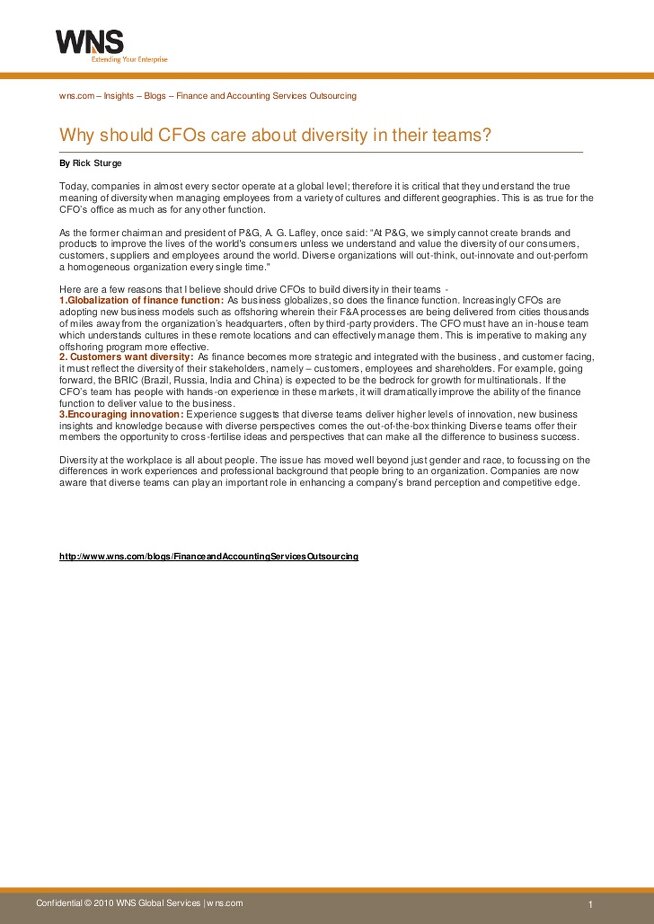Content

Allocation is the process of identification of overheads with cost centres. An expense which is directly identifiable with a specific cost centre is allocated to that centre. So it is the allotment of whole item of cost to a cost centre or cost unit or refers to the charging of expenses which can be identified wholly with a particular department. For example, the whole of overtime wages paid to the workers relating to a particular department should be charged to that department. So, the term allocation means the allotment of the whole item without division to a particular department or cost centre.
- Any expense or loss incurred in a transaction or series of integrated or related transactions in which the taxpayer secures the use of funds for a period of time is subject to allocation and apportionment under the rules of this section and § 1.861–9T if such expense or loss is substantially incurred in consideration of the time value of money.
- Before sharing sensitive or personal information, make sure you’re on an official state website.
- Employees of P, X and Y participate in the training program.
- Application of section 864 to the computation of combined taxable income of a possessions corporation and its affiliates.
Such departments are not directly engaged in the conversion of raw materials into finished goods. Such departments render a particular type of service for the benefit of other departments. • Cost apportionment occurs when a specific cost cannot be directly identified with one specific cost center. California net income is apportioned business income plus allocated nonbusiness income to California.
The Electronic Code of Federal Regulations
The choice of a cost allocation or cost apportionment method depends on several factors, such as the purpose of the cost assignment, the availability and reliability of data, the relevance and fairness of the allocation or apportionment base, and the simplicity and consistency of the method. For example, if the purpose is to measure performance, the method should reflect the causal relationship between the cost and the cost object. If the purpose is to plan budgets, the method should be based on expected or budgeted data. If the purpose is to make decisions, the method should consider the relevant and incremental costs and benefits of each alternative. Under this method, overhead should be distributed in proportion to the sales ability, income or profitability of the departments, territories, basis of products etc. Thus, jobs or products making higher profits take a higher share of the overhead expenses.
What is the difference between apportionment and allocation of overhead?
Thus allocation is a direct process of identifying overheads to cost units or cost centres. So the term allocation means allotment of whole item of cost to a particular cost centre or cost object without any division. Cost Apportionment is the allotment of proportions of items to cost centers.
A corporation with at least eighty percent of its gross income from all sources in the tax year being active foreign business income as defined in Section 861 of the Internal Revenue Code in effect as of July 1, 2021. The department is authorized to allow any reasonable method for redetermining the corporation’s state net income attributable to its business carried on in this State. Using cost allocation and cost apportionment data can provide several benefits for management control.
Activity Based Costing Turns Indirect Costs Into Direct Costs
Under this basis, the overhead expenses are distributed to various departments in the ratio of total number of labour or machine hours worked in each department. Majority of general overhead items are apportioned on this basis. Let us make in-depth study of types of department, allocation and apportionment of overhead to cost centres, its bases, principles and advantages of departmentalisation.

All trade or businesses, except those that derive more than 50% of their gross receipts from qualified business activities , must apportion their business income to California using a single-sales factor. The objective of the Multistate Tax Commission is to promote and maintain the consistency in the taxation of interstate commerce, according to Uniform Law Commission. The MTC includes the Uniformity Committee, which acts as an enforcement arm for the Uniform Division of Income for Tax Purposes Act.
Media Services
Such expenses require division and apportionment over two or more cost centres or units. So cost apportionment will arise in case of expenses common to more than one cost allocation and apportionment centre or unit. It is defined as the allotment to two or more cost centres of proportions of the common items of cost on the estimated basis of benefit received.

